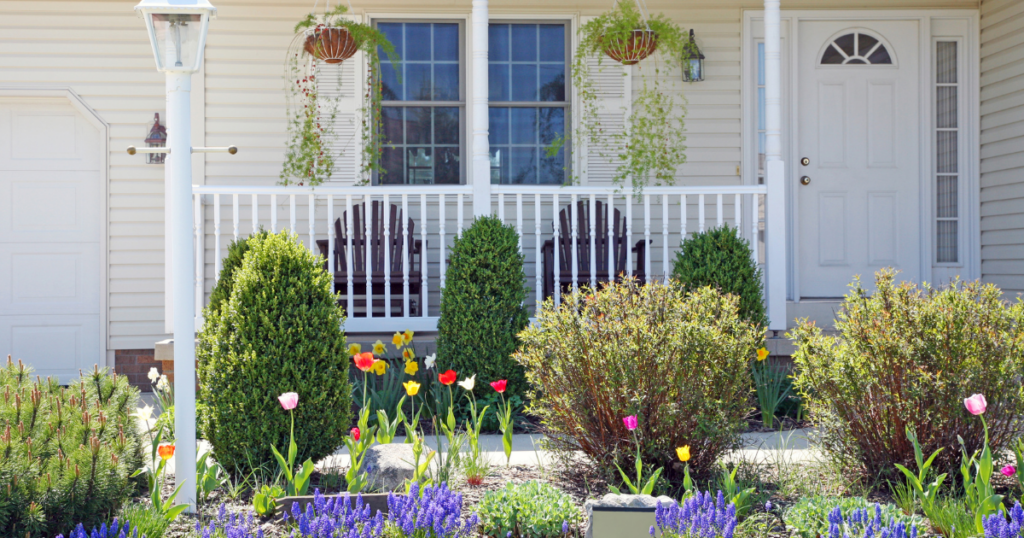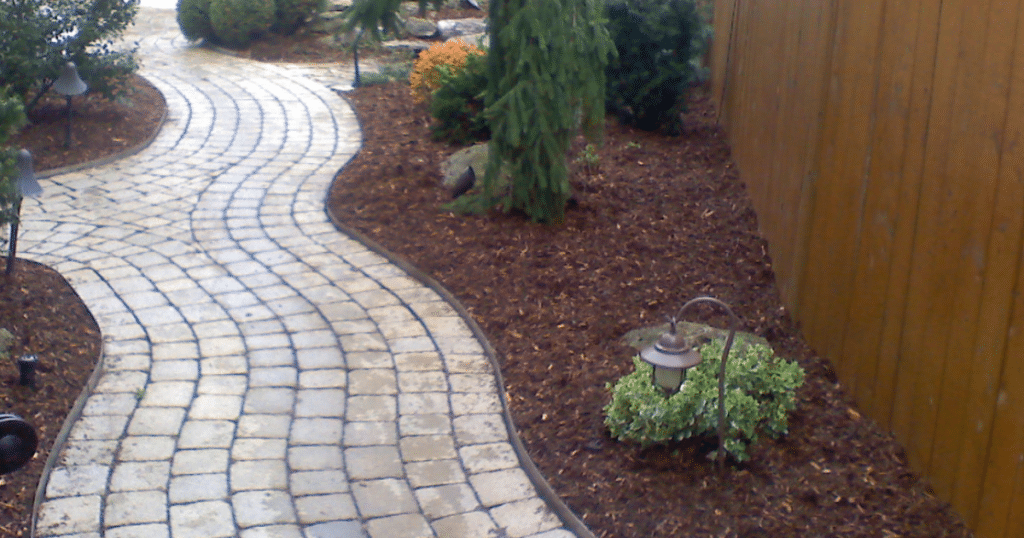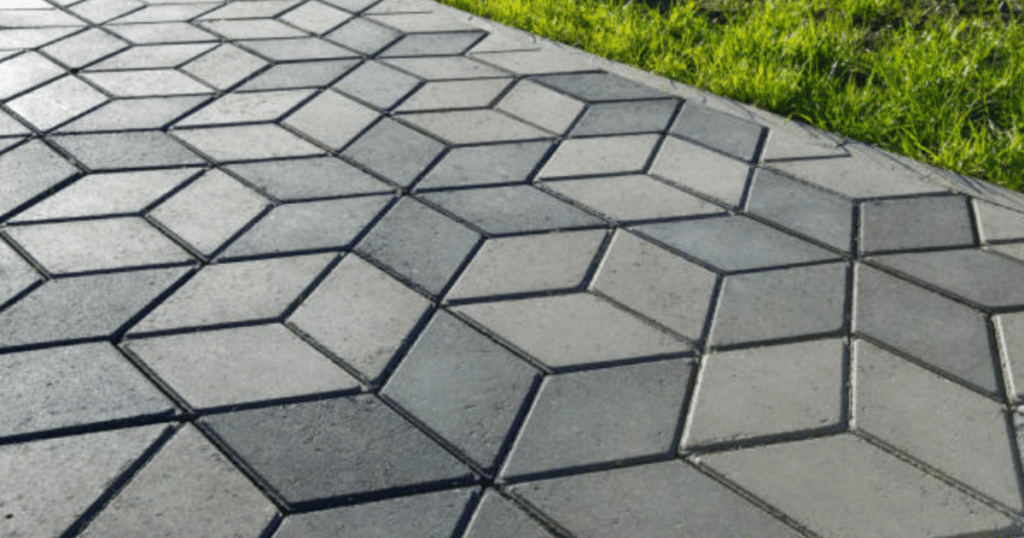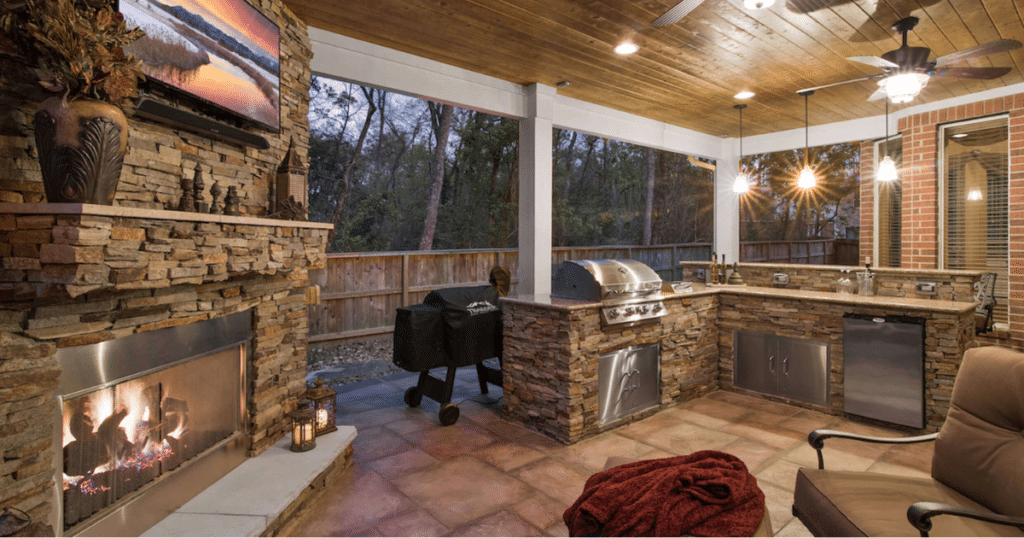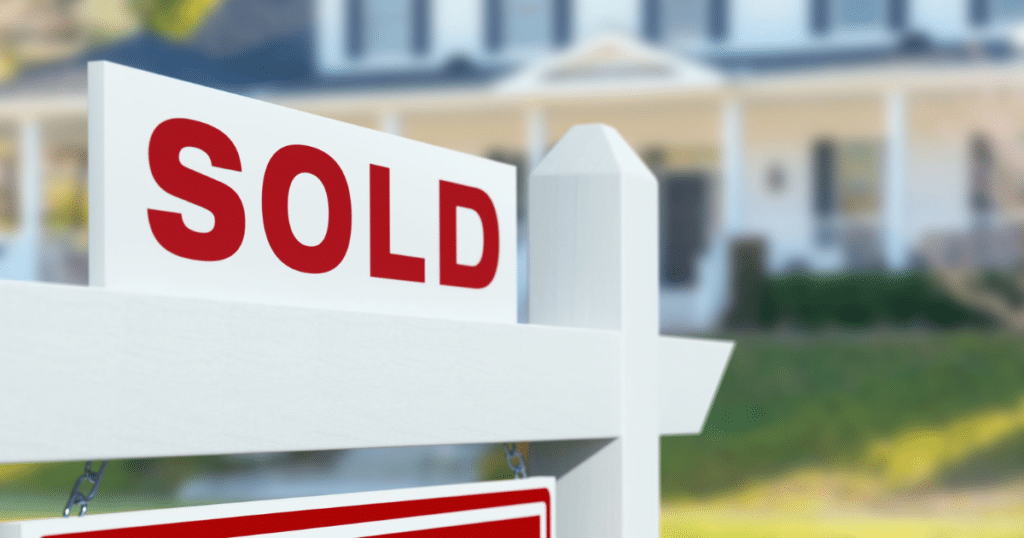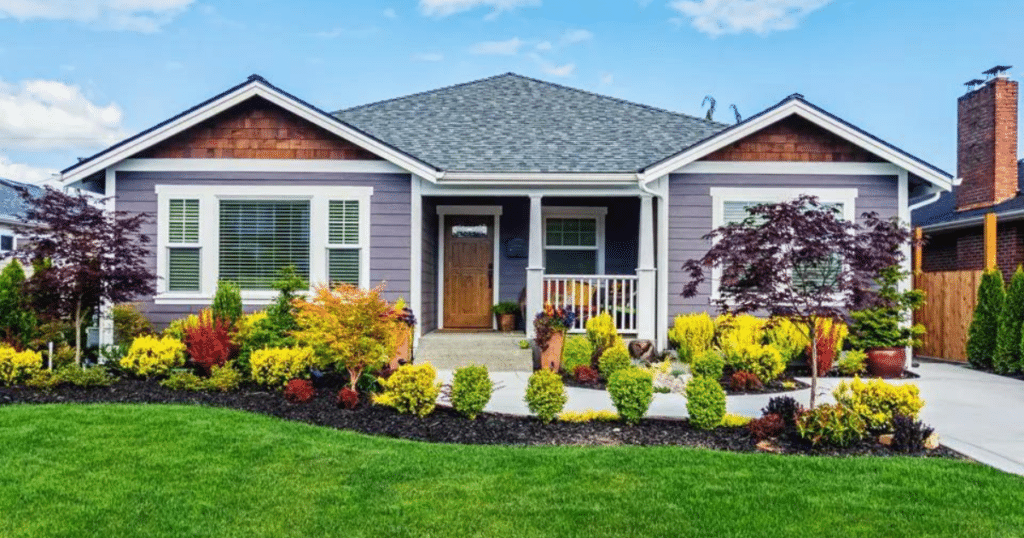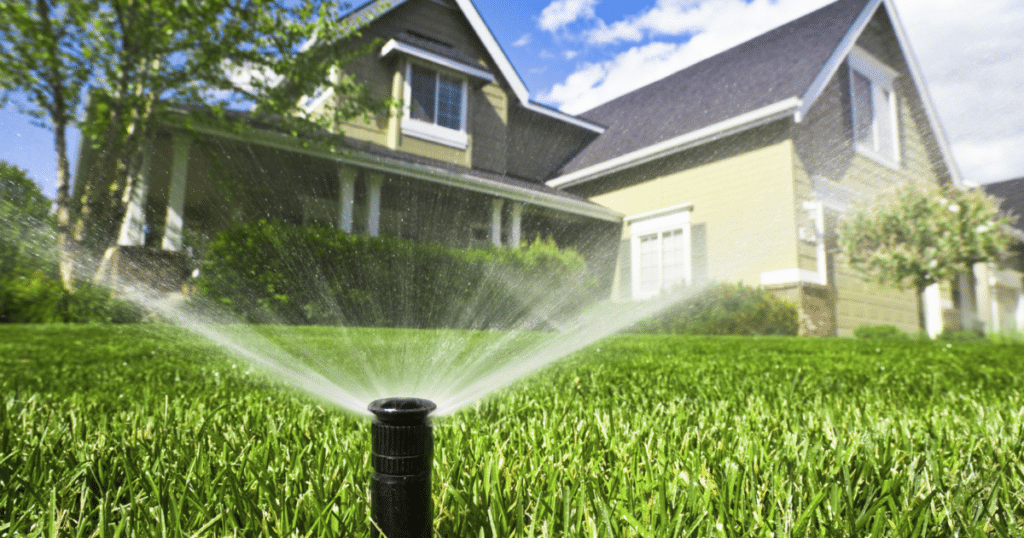The idea of taking on the job of landscaping your property may seem overwhelming at first. Many questions can arise and leave you researching and reaching out for advice and opinions. Many factors come into play- what should the budget be? What products and building supplies offer the best durability? What timing works best for the household to undertake such a job? How will the climate where I live affect my property? How do I make a choice in contractor and what is availability like in my area? The decisions are many and the answers vary widely. With so many wanting to make the most of outdoor spaces and craving to get outside and away from the constraints of being cooped up in closed quarters, it can feel overwhelming in necessity.
One of the best ways to bring the indoors out is with dining spaces. This usually calls for a level area to set up tables, chairs, loungers and the like. In order to create this type of space, stone patios, stamped concrete or wooden decks are usually installed. This is perhaps one the larger choices presented to a home owner in the beginning stages of a project. In order to help navigate all that it can entail, we’ve broken down the pros and cons of each option below, outlining all the details and aspects to take into consideration.
Stamped Concrete Patio
PROS – The ability of stamped concrete to resemble other building materials makes this a less expensive alternative to using those other authentic materials such as stone, slate or brick. One of the key benefits of a stamped concrete patio is versatility, as it can give you practically any look you desire. You can select whatever colour or style best suits your needs. It can be patterned and textured or embossed to resemble brick, slate, flagstone, stone, tile or wood.
You are less likely to be troubled by weed growth with a stamped concrete patio. The finished surface does not easily allow weeds to sprout. It is also simple to clean. All you need is a regular detergent with water. A stiff-bristled brush or pressure washer can be used to remove surface dust and dirt.
CONS – Regular maintenance is required. If you neglect periodic maintenance, cracks and fading are likely to occur. A sealant must be applied every couple of years. Stamped concrete is also quite slippery when wet or snow covered which presents a problem in Canadian climates. So it’s a good idea to apply an anti-skid formula to prevent possible slips and falls. A stamped concrete patio has low adaptability. You will be compelled to remove the entire portion if you desire a change. You cannot extend or shrink with ease, unlike pavers. Since cracks will inevitably develop on stamped concrete, be prepared for added costs over time. This puts the durability of stamped concrete patios on the lower side.
Wooden Deck Patio
PROS – Wooden decks offer adaptability, as they are not limited to ground level, but can also be built at second and third floor levels. They are a great option if cost is an issue as, depending on the overall design, they are more affordable. Although it has increased significantly over the last year due to higher demand and the resulting shortages, lumber is relatively cheaper and most often takes less time to install. Wood deck patios can be easily customized to suit style and design tastes. Added accessory options such railings or pergolas, running the boards diagonally or installing lighting can make the space uniquely yours. Additionally, wood stains or paints allow you to change the look and feel of a wood deck patio with very little cost or time involved.
CONS – Lumber will undoubtedly fade and weather when exposed to the elements. This results in cracks, splitting and warping with time. Although stain may slow down the natural process, you cannot stop weathering from occurring and the usable lifespan of your wood deck will be affected by exposure. Even treated lumber is vulnerable to the effects of moisture, from both rain and snow. Wood naturally rots when exposed to moisture, and that will happen with your deck boards, deck framing and deck posts with time. As well, take into consideration that dimensional lumber comes in set lengths, sizes and shapes, therefore design of your wood deck patio is somewhat limited to the material’s physical properties.
Composite Deck Patio
PROS – Although typically more expensive than a wooden deck, a composite deck has many benefits. The first is the variety of colours that it comes in from light greys and beiges to black. Some have a wood look to it because you can see the grain, and others are softer. Composite decks have little to no maintenance and you can spray or power wash them if they become soiled. They are essentially waterproof and are mold and fungus resistant. Even dog urine does not cause any lingering odours. And the best thing of all- there are no slivers to worry about with composite decks!
CONS – You might think that composite decking sounds too good to be true, but there are some downfalls. Don’t plan on moving furniture or scraping anything across the surface as it may leave deep scratches which will be noticeable. Another disadvantage is the deck may be hot under the extreme temperatures of the summer. And as the rules go, the darker the boards you’ve chosen, the hotter it will be. The only other thing to mention here is the initial cost of going with a composite deck. It is more expensive to put in a composite deck rather than a wood deck, but this will pay for itself because of its’ low maintenance in just a few years time.
Stone Patio
PROS – It’s difficult to match the longevity and overall lifespan of stone, since certain types of natural stone patios can last indefinitely. Stone is impervious to the weather and remains unaltered and beautiful through varying seasons, temperatures, storms and direct sunlight. Stone can take heavy traffic, including the weight of furniture, outdoor kitchen equipment and foot traffic from visiting guests. Stone patios offer many designs as they can be formed into almost any shape and size. With the skills of a professional stone patio contractor, there is no limit to the options in design which can be incorporated. Stone patios create a sense of continuity in your yard as they play well off of the surrounding natural elements of grass, plant life and rock.
CONS – You can expect a higher expense when installing a stone patio, especially if your tastes run toward high-end natural stone. If your patio doors exit out a second or higher level, a connective option of a deck would be necessary as stone patios are only suitable for ground level applications. They must be installed onto a sand and gravel base, so installing a stone patio in a sloped yard requires excavation and retaining walls, which of course, incurs more cost. Stone patios are not a DIY project, and alterations and repairs require the skills of a professional contractor. So home owning weekend warriors are not recommended. The installation process tends to be disruptive due to the need for heavy equipment and it can take longer than other options.
While the above information does not cover all of the benefits and limitations of each option, hopefully it helps answer some of the questions at hand when decision making is called for. One key component to the success of any home improvement project remains consistent for whatever choice is ultimately made… Contractor Selection. Seeking out skilled and experienced professionals make all the difference in the end result, longevity, safety, cost and beauty of a project. This investment is best made with a highly qualified company that has the same goal and standards as you do. Paramount Landscaping invites you to view the large selection of photos showcasing work completed using a variety of materials on properties of all shapes, sizes, layouts, dimensions and budgets located under the gallery pages of the paramountlandscaping.ca website. No obligation quotes are also available by phone at 1-866-905-LAWN.
Happy planning!

